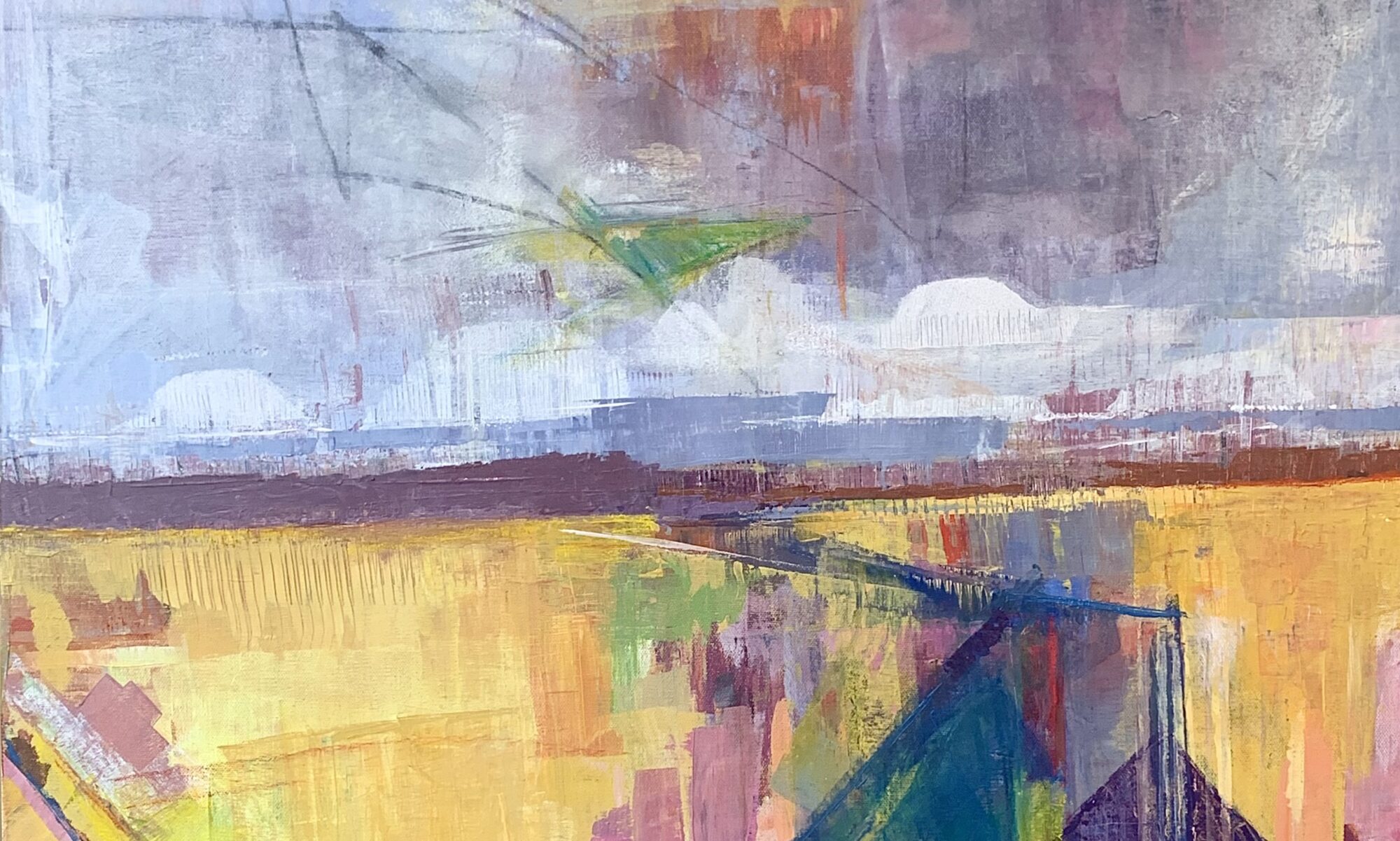Palette knives and painting knives are fundamental to my work. I started using them 3 or 4 years ago and now use them almost exclusively in my studio work. The variety of marks that can be made, the ease with which paint can be applied and removed, as well as the feel of application have all made the knife important to me. This one is my all time favorite. Many of my paintings are done with this knife alone. Technically this is a palette knife, it’s purpose is to mix paint on the palette. Is is sometimes referred to as a “scraper or a “large scraper” because of it’s ability to remove large areas of paint easily. What I love about it is the shape. There are actually 5 sides to it of varying length and depending on which side I build up paint on, I can get a huge range of marks. Also, the flexibility of the large knife is perfect for both hard and soft applications. I can gently layer wet paint without disturbing the layers underneath or I can scrape all the layers up with one hard stroke. So, if you are knife shopping on a budget, this is the one I would recommend.
I should mention that all artists are different and like anything you do in life there is not only one way. Some people hold pencils differently then others, some people play instruments differently then others. This is the tool I have found feels most like an extension of my arm, wrist, and hand. It is the tool I can most confidently maneuver to my whim. Do what feels right.
